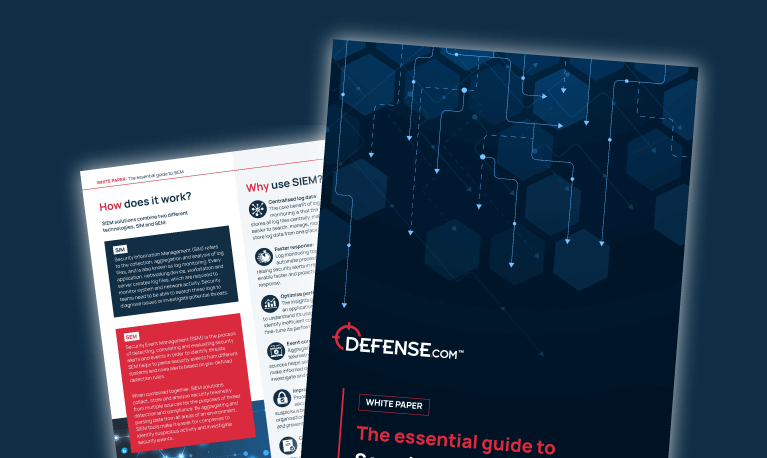
The essential guide to Security Information and Event Management (SIEM)
Read moreWant to learn more about our Managed SIEM Pricing and services? Book your free consultation and receive customised recommendations and next steps with no obligation to buy from us!

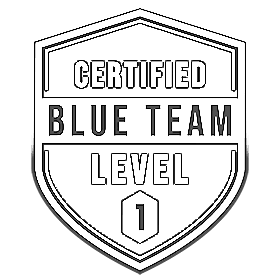
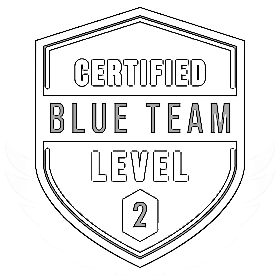



As a trusted managed SIEM provider, we take the pressure off your team by monitoring your environment 24/7 for cyber threats.
Our experienced Security Operations Centre (SOC) analysts will be an extension of your team, proactively looking for suspicious activity in your network and raising security alerts to your attention.






















































Seamlessly connect and monitor security logs from all your tools, including cloud platforms and identity systems.
See immediate security value with a simple SIEM deployment process.
We believe that good cyber security doesn’t have to be complicated. That’s why Defense.com provides managed security services to make it easier for you to detect and respond to threats and your cyber risk.
A key component of our Managed SIEM service is our 24/7 in-house Service Operations Center (SOC). Our experienced analysts will become an extension of your team, proactively looking for malicious activity in your network and taking full ownership of your SIEM deployment.

Book your free consultation and receive customised security recommendations with no obligation to buy!
Choosing to outsource a Security Information and Event Management (SIEM) solution to a third party can be seen as the most balanced option in comparison to building your own solution or buying an off-the-shelf product.
A managed SIEM service allows you to save time and resource by letting a third party proactively look for threats on your behalf. Any security events or outcomes are escalated directly to you, instead of floods of alerts. You’ll also benefit from no dedicated hardware or support contracts to manage and access to a wider variety of threat intelligence.
By using a managed SIEM solution such as Defense.com, you can combine the best of technology and human expertise for 24/7 threat monitoring.
We can ingest logs from any system or vendor that provides security value, including:
Here are just some examples of the runbooks that will determine what actions are taken for different types of events and alerts.
You’ll get up to 1 year of archived logs as standard to meet compliance requirements, which can be extended if required. 90 days of ‘always hot’ log data will be available for immediate searching.
Most larger vendors price their Managed SIEM service by log volumes, EPS or data storage capacity. However, this approach isn’t scalable or cost-effective and leaves you constantly calculating your usage each month.
At Defense.com we believe that good security doesn’t need to be expensive (or complicated!), so we price our service based on the number of log sources you have. This means you can clearly see what’s included, with a consistent and predictable price per month.
Get actionable cyber security advice and insights straight to your inbox.